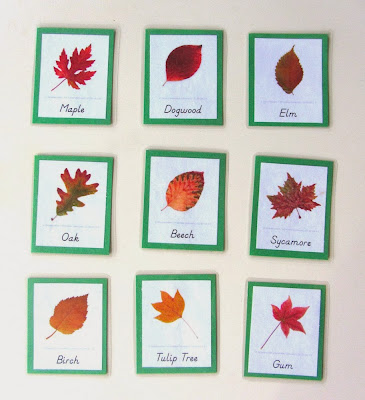Hey ya'll! It's Wednesday! And here at our house, Wednesday is Wash Day. (OK, not this week. This week Tuesday was Wash Day, since we're heading down to visit Gramps and Nonnie for Thanksgiving. But only a holiday as big as Thanksgiving can break our hard-and-fast rule about Wednesday being Wash Day. These pictures are actually from last week.)
With this year being Collin's first year teaching at his new job, along with moving and starting preschool, I needed to institute a lot more structure and routine into our lives to keep everything running smoothly. Wednesday Wash Day has been a huge help in that regard.
When it comes to laundry routines, most people divide along the lines of the "one or two loads every day" group, and the "set aside a laundry day" camp. I've always been more of a laundry day sort of person, and now that we live in a house where the washer and dryer are in the kitchen, it works so much better to have one day to move all the laundry through and out again. Wednesday just works best because it's the middle of the week, ensuring that we'll still have plenty of clean clothes for the weekend, and because we generally don't have guests over on Wednesday.
First thing on Wednesday morning, I start a load of whatever laundry is nearest the washing machine, which usually is a lot of kitchen towels. It takes almost an hour to get each load of wash through, so the sooner I can get it started, the sooner I can get it all done. Then I clean off the kitchen island so I can fold, sort, and stack each load of laundry as it comes out.
After the first load of laundry is in the washer, I gather all the laundry from upstairs. This includes stripping the sheets from our beds. This week is a little bigger than normal, because we had guests on the weekend so there are two extra sets of sheets.
I dump out all the laundry in front of the washing machine, and then sort it into piles by color. This week there are eight loads of laundry, which is only one load more than our cold-weather average of seven loads.
The whole family gets washed on wash day too! Wednesday isn't the only day the girls get baths, but they get an extra long bath on Wednesday morning. After they get dressed, we have a fun after-bath tradition - either applying temporary tattoos, or painting our toenails. Today the girls asked for tattoos, and enjoyed sorting through all the options.
Annie picked out a sunshine, and Laurel a flower. How appropriate!
Jenny was not as into showing off her "COOL" tattoo. After moving the laundry along, it was time to take a break and put the baby to bed.
When I brought Annie's sheets up from the dryer, I found the girls playing in a mountain of blankets. Time to get off the bed and make it, girls!
That's better. There are few things cozier than a neatly made bed with clean sheets. It's even nicer when that bed is in a sunny bow window like this one. I sure love the girls' room, especially in the winter when the low sun makes such big sunny patches!
Laurel's bed is also cozy and ready for nap time. Which is good, because it's about that time already! Nap time means I can also participate in Wash Day be getting a shower myself. At this point in my life, showering is truly the most difficult thing to work into my day. Craft projects I can drop if I have to run to pick up a crying baby or a toddler with a sudden gushing nosebleed, but it's harder and less pleasant to run out of the shower, half-washed and covered in soap suds.
Back to the laundry part of Wash Day. As each load of laundry comes out of the dryer, I fold it as soon as I can to keep the ironing to a minimum. Collin likes to hang up all his clothes in the closet, including t-shirts. Because his closet rods are high up, and because he's nice that way, I just smooth the wrinkles out and stack them on my kitchen step ladder for him to hang up later.
Just before we're ready to eat dinner, I finish folding the last load of laundry. Often on Wash Day we eat a meal from the freezer to simplify life. This night we had soup and cornbread, which was fast to heat up and comforting to eat. All the clothes are folded and sorted into piles, according to what room and drawer they go in. It only takes about 15 minutes to put away all these clothes when they're sorted and stacked this way.
And with that, we've conquered another Wednesday Wash Day! It's always a good feeling to see the empty counter top and the nearly-empty laundry baskets at the end of the day. That feeling of accomplishment might be one of my favorite parts of doing all the week's laundry in one day - for a brief moment that one chore is finished, and won't need to be tackled again for another week.



